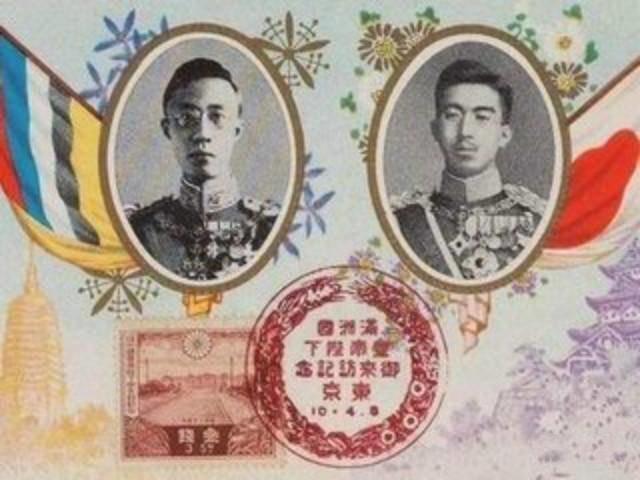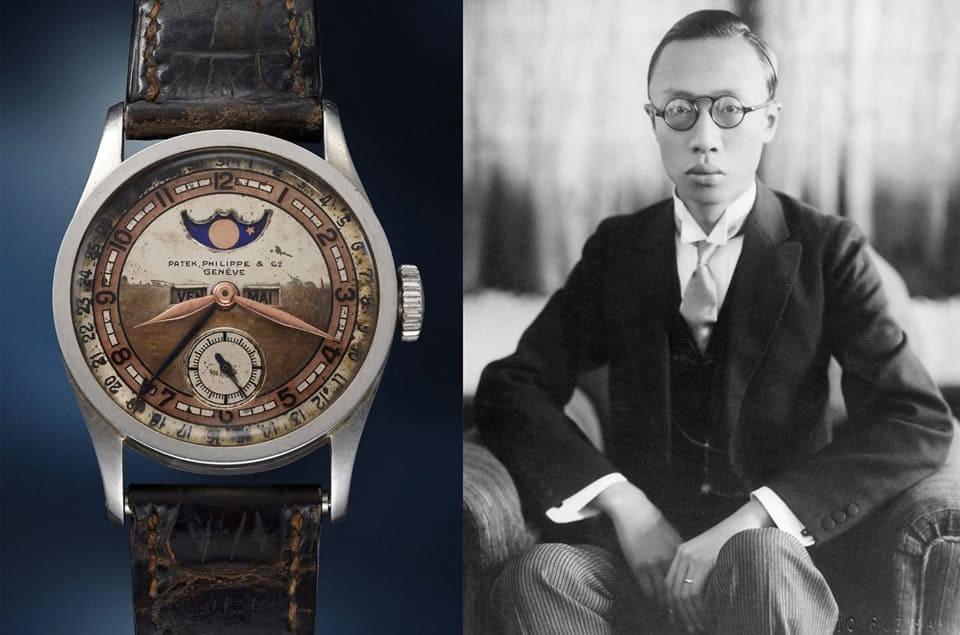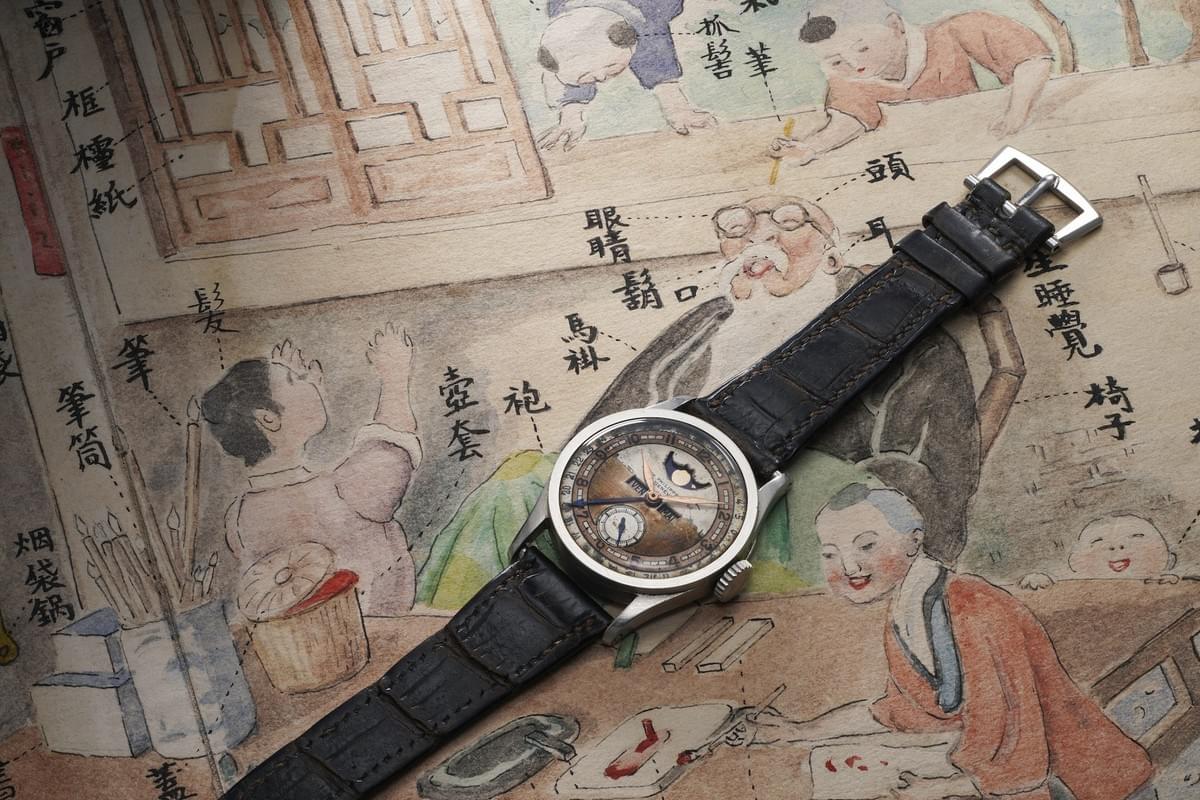On September 3, 2025, Beijing will once again host a grand military parade to commemorate the 80th anniversary of China’s victory in the War of Resistance Against Japan and the end of World War II. The event is a national spectacle of power, unity, and remembrance. Yet beyond the steel columns rolling across Tiananmen Square, there are smaller, more intimate symbols of history that also carry the weight of memory. Among them is the story of Aisin Gioro Puyi—the last emperor of China—whose personal connection with Japan and whose treasured Patek Philippe watch weave together a tale of empire, loss, and the enduring symbolism of luxury objects.
Puyi and Japan: A Complicated Bond

Puyi’s life mirrors the turbulence of early 20th-century China. Forced to abdicate in 1912, he was expelled from the Forbidden City a decade later, left adrift between fading imperial grandeur and the realities of a fractured nation. In 1932, under Japanese occupation of Manchuria, he was installed as the “Emperor” of Manchukuo. Though his title suggested sovereignty, he was in reality a puppet monarch, manipulated by Japanese authorities who sought to legitimize their colonial ambitions in Northeast Asia. This uneasy alliance symbolizes the humiliation of a weakened China under foreign influence—a stark contrast to the September 3 parade today, where China projects confidence, independence, and strength on the world stage.
The Emperor’s Watch: Patek Philippe as a Symbol

Among Puyi’s possessions was a remarkable timepiece: a Patek Philippe Ref. 96 Quantième Lune. This watch, confiscated by Soviet forces when Puyi was captured in 1945, eventually resurfaced in the global auction market. In 2023, it was sold at Phillips Hong Kong for over 48 million HKD, setting headlines around the world. Why does a single watch matter so much? It was not just an object of refined Swiss craftsmanship; it was also a relic that bore witness to the decline of an empire and the personal downfall of its owner. While Puyi lost his throne, his watch outlasted him, becoming a vessel of history and a collector’s treasure.
Time, History, and Irony

Patek Philippe’s famous slogan declares: “You never actually own a Patek Philippe. You merely look after it for the next generation.” This phrase resonates with irony when applied to Puyi. He could not safeguard his dynasty, yet his watch survived as an artifact of both personal and national history. The watch silently recorded multiple timelines: Puyi’s symbolic coronation and abdication, Japan’s colonial manipulation of Manchuria, the eventual defeat of fascism in World War II, and the rise of a new China after 1949. If the September 3 parade represents the national timeline—collective memory and pride—then Puyi’s Patek Philippe is a reminder of the individual timeline, fragile and vulnerable to the tide of history.
From Imperial Relics to Modern Jewelry Narratives
Luxury objects such as watches and jewelry are never just about material or craftsmanship; they are carriers of cultural identity, memory, and status. Puyi’s Patek Philippe reveals how a single item can embody the paradox of power and powerlessness. Today, contemporary jewelry and watch brands explore a similar role: objects not merely worn, but narrated. Independent jewelry designers in China, like those working with sustainable lab-grown diamonds and East-West design fusion, are consciously creating a new aesthetic language—one that departs from imperial nostalgia and embraces a global, environmentally responsible future. In this sense, Puyi’s watch stands as a closing chapter of an old world, while modern jewelry brands mark the beginning of a new one. The contrast mirrors the transformation seen on September 3: from humiliation and dependence to confidence and renewal.
As tanks and aircraft thunder through Beijing during the September 3 parade, the world will see a nation showcasing its strength and remembering its sacrifices. Yet alongside this spectacle, the story of Puyi and his Patek Philippe offers a quieter reflection: how objects—whether a watch or a jewel—preserve the complexities of history. A watch measures time; a diamond aspires to eternity. Together, they remind us that personal destinies and national fates are always intertwined, and that luxury, far from being superficial, often reveals the deepest truths about identity and legacy.
